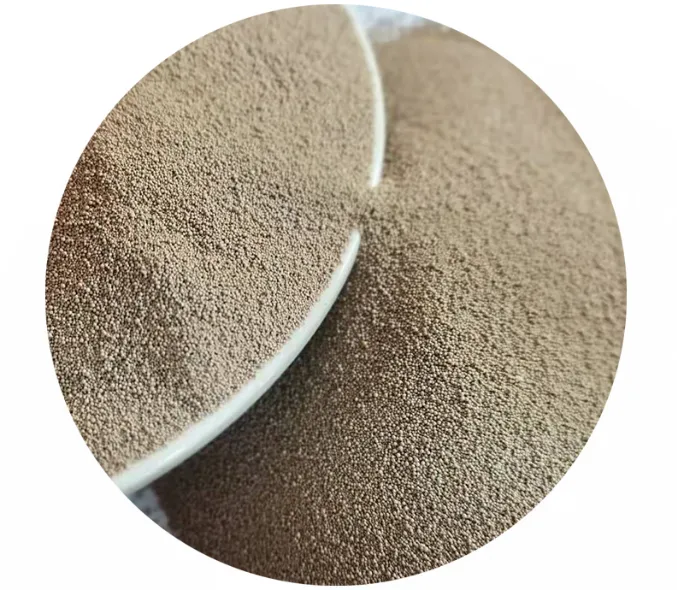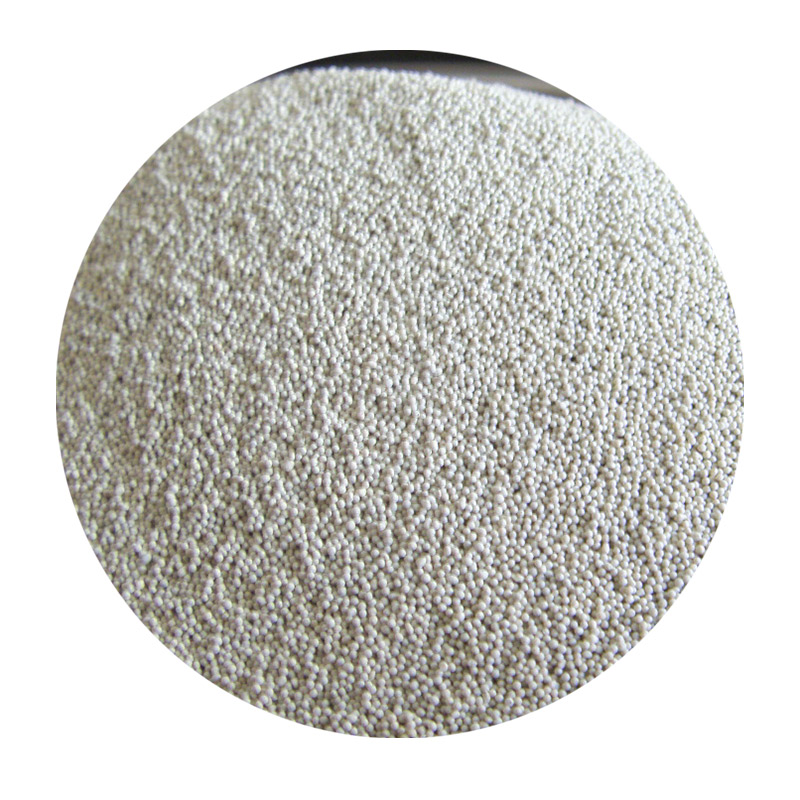

Another option, zircon sand, is highly regarded for its remarkable ability to withstand high temperatures and its immunity to basic slags. It’s primarily used in steel and large iron casting operations where precision and quality are paramount. The unique physical properties of zircon sand make it less prone to chemical reactions during the metal casting process. Despite its advantages, zircon's high cost limits its widespread use, often confining it to specialized applications where its properties are essential to success. Resin-coated sand represents an evolution in foundry materials. By integrating resin with sand grains, this type of sand provides improved bonding and mold strength, essential for high-quality casting with fine details. The curing process, which can be controlled for hardness and flexibility, allows foundries to create complex molds with superior surface finish. The main downside is the emission of volatile organic compounds (VOCs) during the coating process, which requires adherence to environmental regulations and consideration for operators' safety. Green sand, a mixture of silica sand, bentonite clay, water, and other additives, remains one of the most prevalent molding sands in foundries. The moisture in green sand mixes provides inherent strength and flexibility, which facilitates mold recovery and reusability. This traditional method is cost-effective and supports mass production of various metal castings. Despite its age-old use, controlling moisture levels and maintaining consistency can be a challenge, demanding strict process management to ensure optimal results. Understanding the nuanced properties of each type of foundry sand allows manufacturers to select the optimal sand for their casting processes, leading to improved quality and reduced defects. Each type of sand offers distinct advantages and constraints, necessitating careful consideration of factors such as thermal properties, cost, availability, and environmental impact. By leveraging the right sand in various applications, foundries can optimize their operations, enhance product quality, and maintain a competitive edge in the dynamic casting industry. Post time:फेब . 05, 2025 05:34
Next:High Refreactoriness Ceramsite Foundry Sand For Steel Casting
